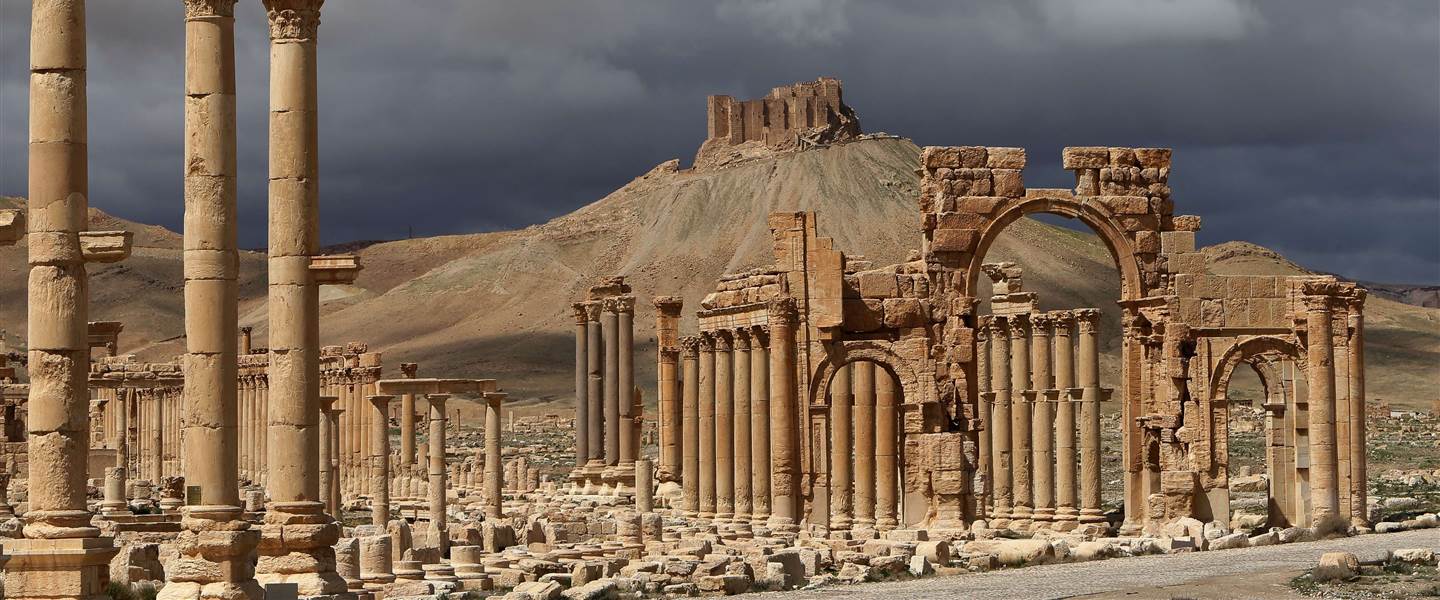
Destroyed Sites
Aaron Marx, Adjunct Assistant Professor
University of Minnesota, School of Architecture
Arch 3250‐002, MWF 9:05‐11:00
1st module, 2 credits [conceptual/spatial]
Destroyed Sites
Instructor: Aaron L. Marx
Throughout time, historic architecture and urban sites around the world, including world heritage sites and other cultural works that contain significant value, have been destroyed as a result of natural disaster, urban development, or through acts of war and violence. Recently, these losses have seemingly intensified in the wake of climate change and dramatic weather events, and as social media and the internet have made sharing important news and emotional impact so ubiquitous.
Students in this workshop will explore the complexity of memory in architecture, and specifically the memory of these destroyed historic sites, while learning practical design and representation skills. We will work with the UMN libraries, archives and special collections to support design research and—through careful analysis and documentation—use a broad range of representation and making as ways to study and remember. These exploratory representations include, for example, instinctual drawing, diagramming, collage, ad-hoc modeling, 3D design and digital fabrication. The drawings and models will iteratively develop over the course of the workshop into an exhibition piece showcased in a gallery-like context.
The broad range of explorations are meant to promote critical dialogue about how analog and digital tools reveal meaning in architecture, and to expose our assumptions about memory and history. Questions include: What is the role of historic sites, how are they preserved, who protects them? What are the range of conditions that contribute to the destruction of cultural artifacts? How do new, virtual technologies—which simultaneously act as a web of facts and fictions, of multiple copies and multi-media representations, of historical data and current sentiment, of immediate sharing both public and secretive—play a role in the memory of the physical environment?
Aaron L. Marx has taught numerous BDA workshops. He received his M.Arch from the UMN and practices as an artist and designer in new media, interactive installation, and socially engaged art. His work examines the relationship between memory and the built environment, considers the role of temporal art in public space, and investigates new forms of interaction between people and digital tools.